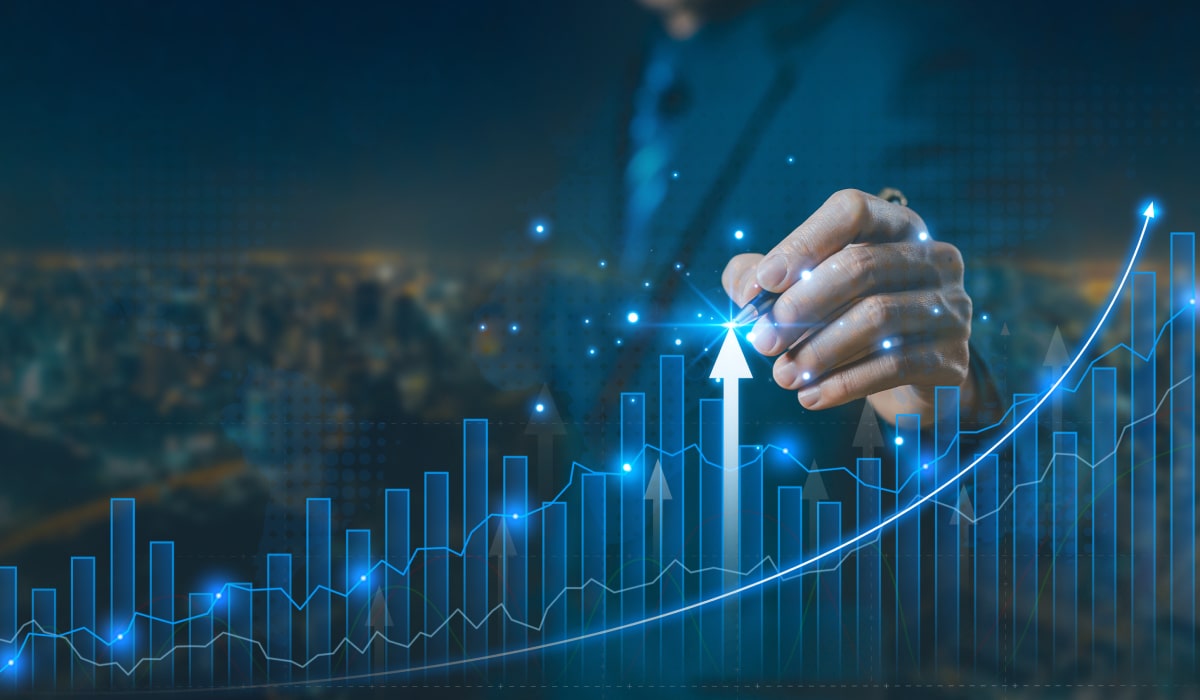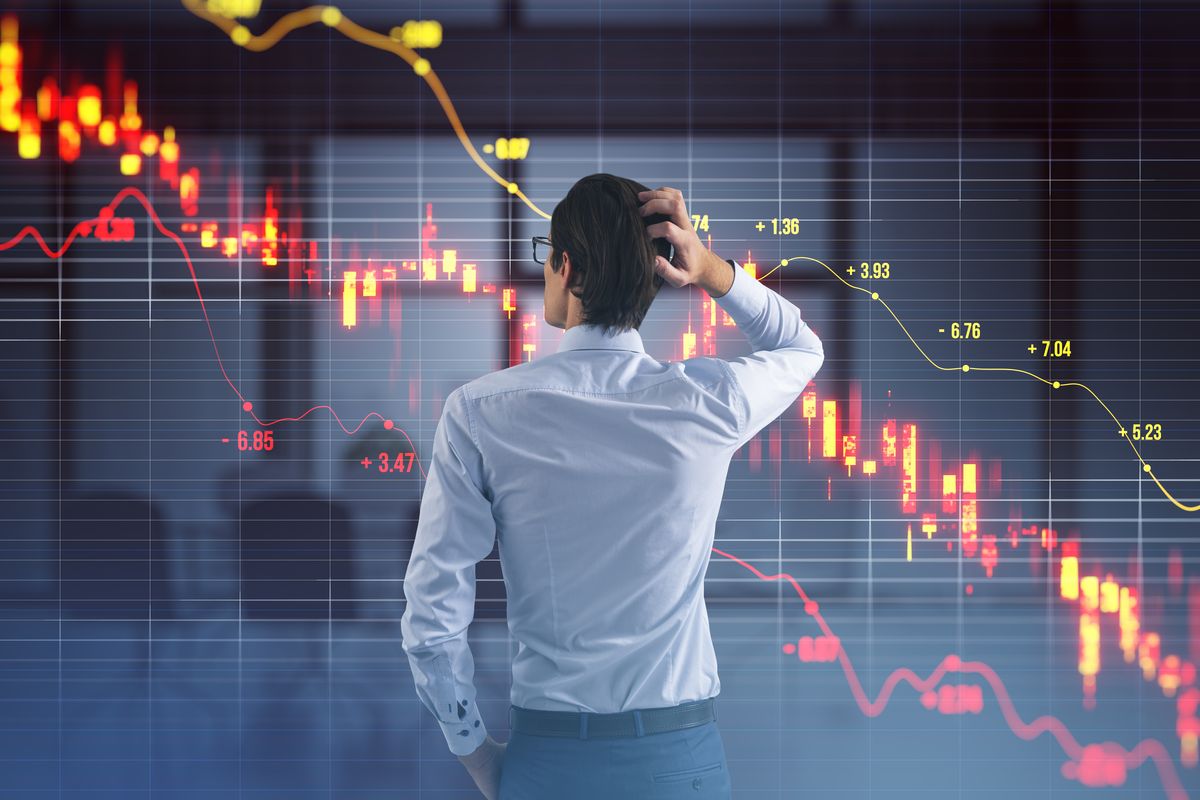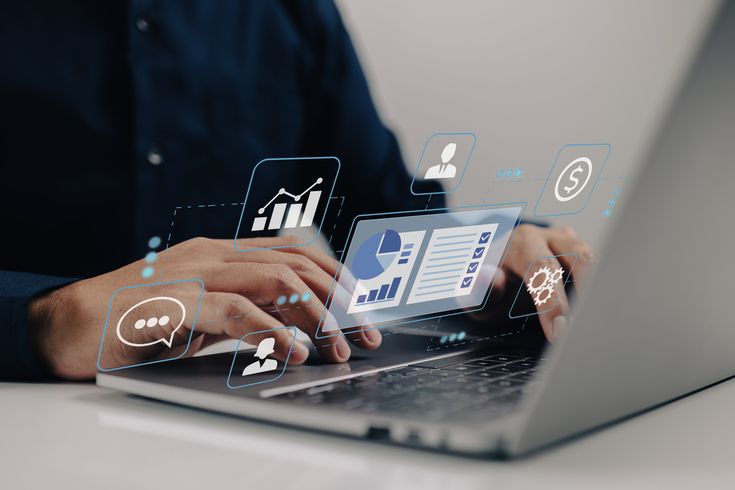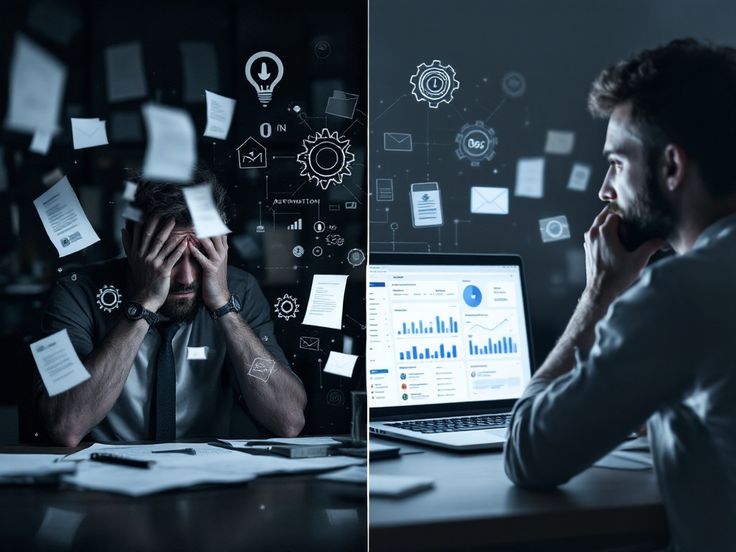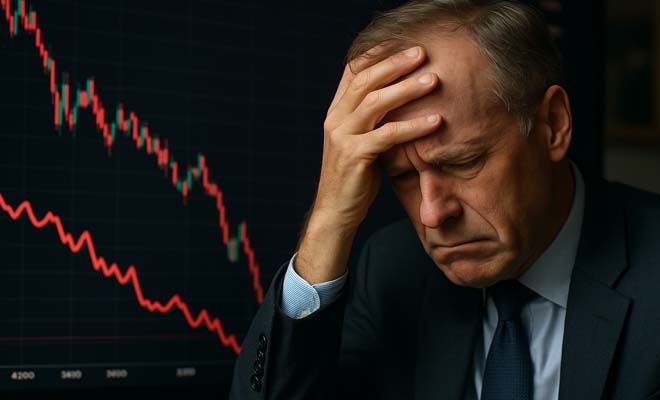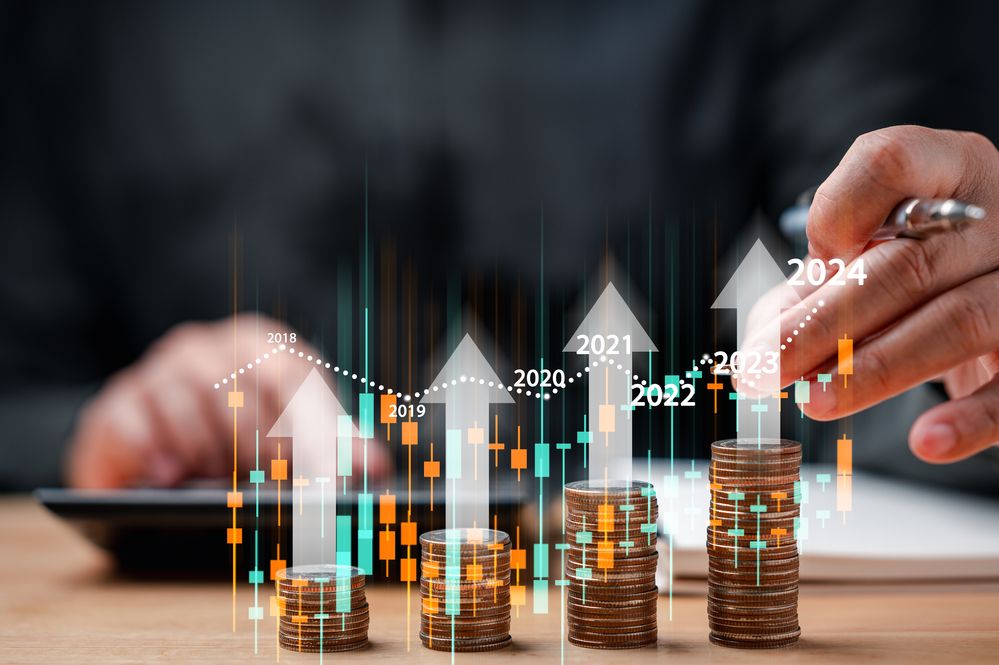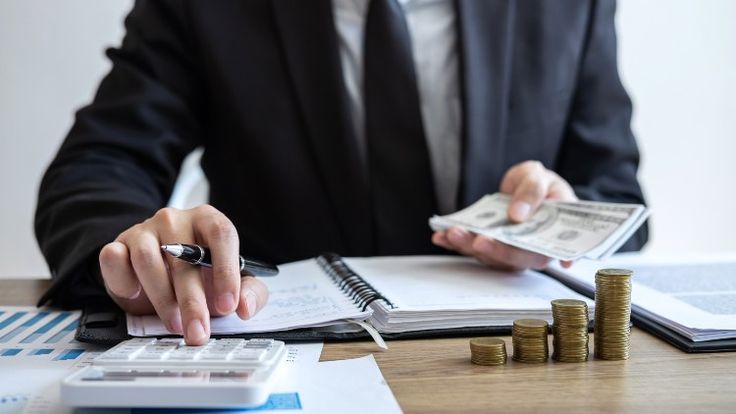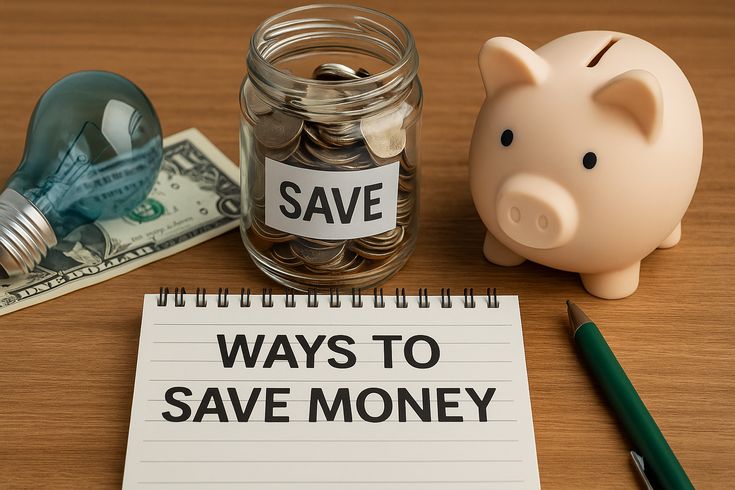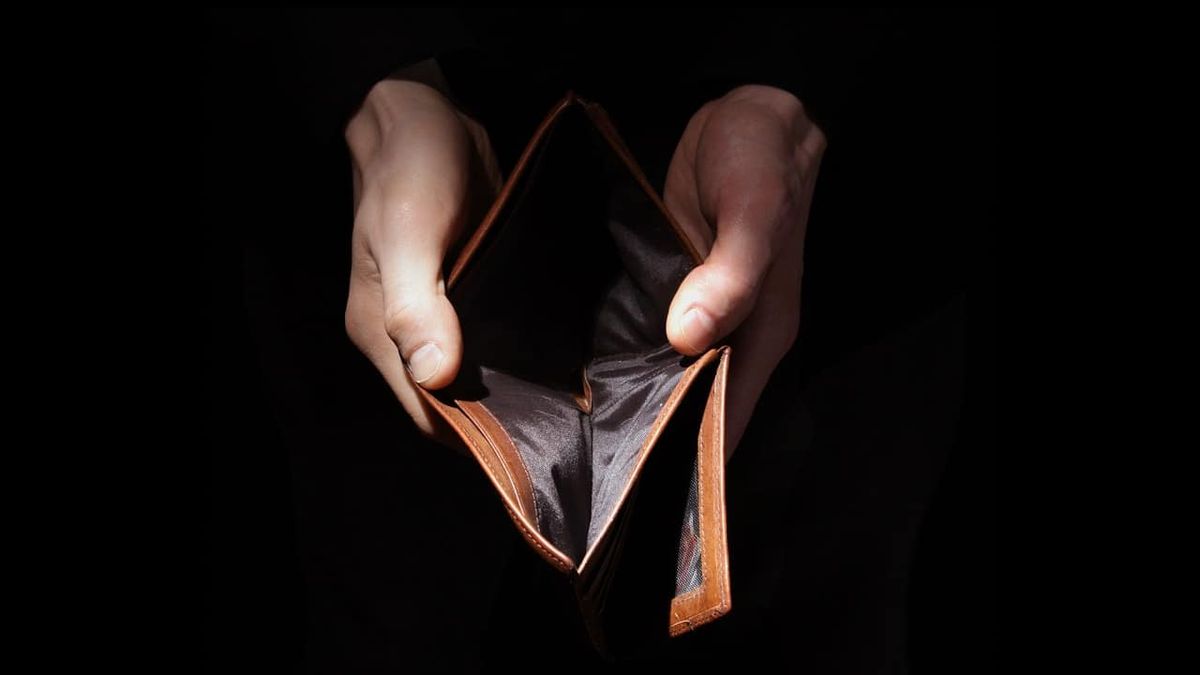
Table of Content
In the world of finance, the scariest thing isn’t losing money—it’s having no emergency fund when a crisis hits. A medical emergency, sudden job loss, or a sharp market downturn can push you into financial chaos if you lack an safety net.
Financial experts often describe this as your “survival buffer” — the money designed to keep you afloat when your main income stream dries up. The problem is that most people live entirely on present cash flow, assuming tomorrow will look like today, forgetting that the future is never predictable. When disruption comes, those without an emergency fund fall into debt traps, forced sales, or desperation just to stay afloat.
Without an emergency fund, you can lose everything — not only assets, but your freedom to choose. Because during a crisis, it’s not about being rich; it’s about having enough to stay calm.
According to a 2024 survey by Bankrate, 57% of Americans said they couldn’t cover a $1,000 emergency without borrowing or using a credit card. This statistic highlights how fragile even developed economies are when it comes to liquidity. The lesson is clear: the lack of an emergency fund isn’t a personal flaw — it’s a systemic weakness caused by living paycheck to paycheck, regardless of income level.
High income doesn’t protect you from collapse
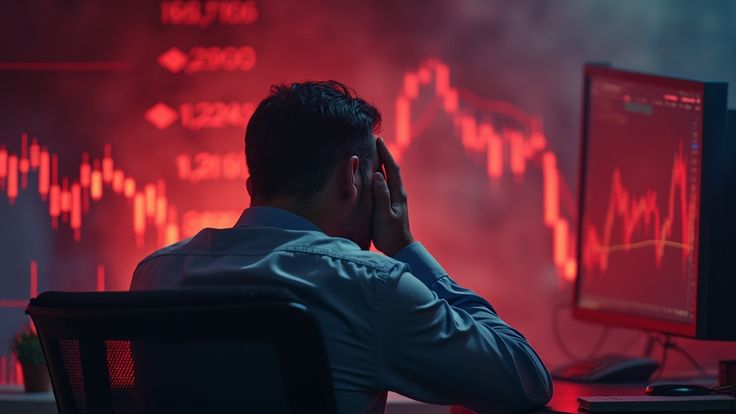
Many assume that only low-income individuals need an emergency fund. In reality, high earners are often the most vulnerable to financial breakdown. When income increases, so does spending. The “safety zone” of personal finance slowly erodes — unnoticed — until one unexpected event exposes the weakness.
A wealth manager once said: “You can make $10,000 a month, but if you spend $10,001, you’re still broke.” Income is only potential; structure is what determines sustainability. People who spend everything they earn are always fragile — a small shock such as rising interest rates, a cancelled contract, or an unexpected bill can destroy their balance overnight.
A Harvard Business Review analysis found that nearly 40% of professionals earning over $100,000 a year reported feeling financially insecure due to the absence of savings buffers. It’s not how much you make, but how much you can protect. The bigger the lifestyle, the harder the fall when income stops — that’s why even high earners need a structured reserve, not just confidence in their next paycheck.
An emergency fund isn’t “spare cash.” It’s your first line of defense against uncertainty. With that cushion, you don’t panic when things go wrong; you can pause, reassess, and rebuild strategically.
The emergency fund – the core of risk management strategy

Many see an emergency fund as just savings, but in the mindset of professional investors or traders, it’s a mandatory risk management layer. It functions like a stop-loss in trading — it prevents total ruin.
A true emergency fund meets three conditions:
- Immediate liquidity: accessible anytime without loss in value.
- Stability: not exposed to market volatility.
- Separation: kept apart from day-to-day spending or speculative capital.
This sounds easy, but it requires strict discipline. People tend to dip into their emergency fund for “minor” expenses, slowly draining it until nothing remains when a real crisis arrives.
Empirical data backs this up: households with at least three months’ worth of expenses saved have 50% lower default rates on loans and credit cards, according to the Federal Reserve. In other words, an emergency fund doesn’t just protect your bank balance — it lowers your systemic financial risk and enhances your long-term investment capacity.
Some financial planners call the emergency fund the insurance premium for financial freedom. Without it, you can’t invest confidently, change careers, or seize opportunities during downturns—because you’re too busy trying not to sink.
Building an emergency fund — building psychological stability

Having an emergency fund is not only about security; it’s about mental freedom. People with a financial buffer stay calm, make better investment decisions, and are less driven by fear. Those without it act out of panic—fear of losing income, missing out, or falling behind.
Imagine two people facing the same situation: losing their income.
- The first has an emergency fund covering six months of expenses. They use that time to reflect, learn new skills, or realign their investments.
- The second has none. They’re forced to borrow, take any job available, and lose control of their direction.
The emergency fund creates a breathing space for rationality—the distance between panic and strategy. In finance, that distance often determines who survives and who collapses.
A study from the University of Cambridge found that individuals with an emergency fund experience 30% lower stress levels and 25% higher decision-making accuracy during financial disruptions. This confirms what most traders already know: liquidity equals calmness. And calmness is profit.
From idle cash to active defense – how technology makes emergency funds smarter
One common challenge is that emergency funds are seen as “idle money” — sitting in an account, earning little. But with the rise of fintech and AI, that’s changing.
Today, you can build a smart emergency fund divided into tiers: part of it instantly accessible, the rest allocated to high-yield savings or money market instruments. Some AI-based financial platforms automatically balance liquidity and return, ensuring your fund stays both safe and productive.
In trading, this principle mirrors maintaining a margin buffer — a capital cushion that prevents margin calls. Successful traders never let their accounts hit zero; they have a separate reserve to protect their psychology and decision-making under pressure.
Technology can enhance your emergency fund’s performance, but discipline and intent remain the foundation. An algorithm can automate saving, but it can’t stop you from emotional spending.
In 2025, AI-driven savings tools like Cleo, Digit, and Plum reported helping users grow their emergency savings by over 20% year-over-year simply through automation. When technology meets consistency, the “idle fund” becomes a living safety system — one that quietly compounds stability while you focus on growth.
The emergency fund doesn’t just save you — it defines your financial future
In every sustainable financial plan, the emergency fund is the cornerstone — not optional, but essential. It preserves control amid uncertainty, protects your portfolio from forced liquidation, and accelerates your recovery after shocks.
Without an emergency fund, you’re walking a tightrope without a net. One gust of wind can send everything crashing down. But with preparation, every shock becomes a lesson — not an ending.


